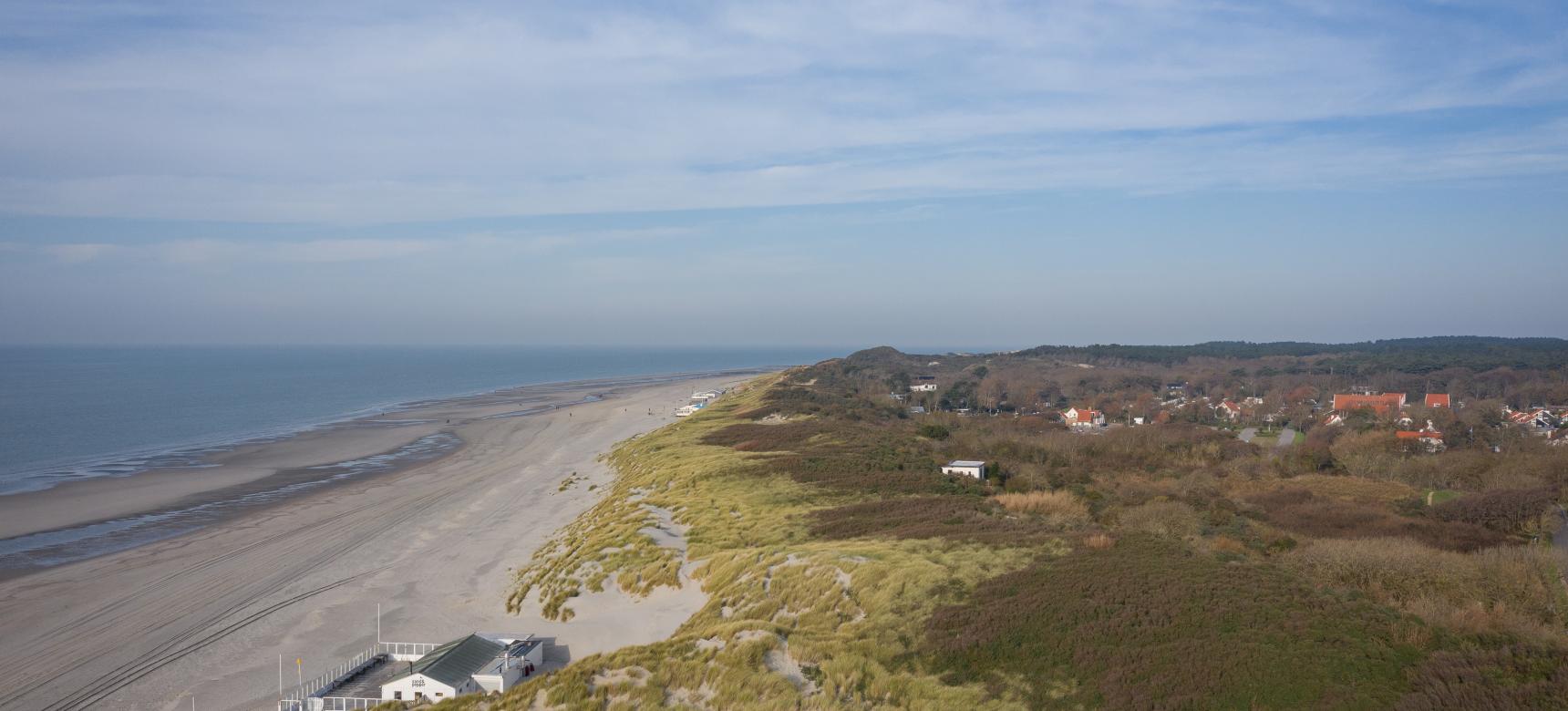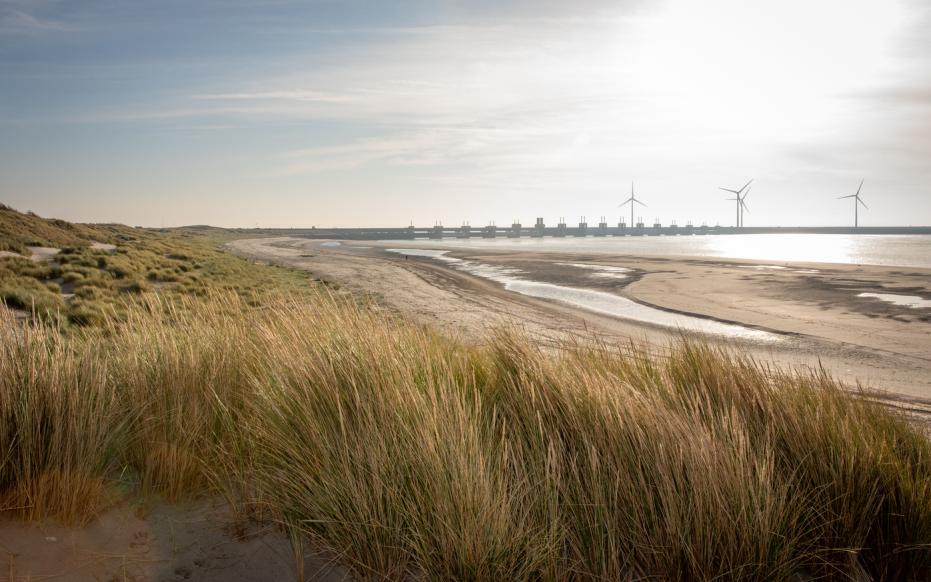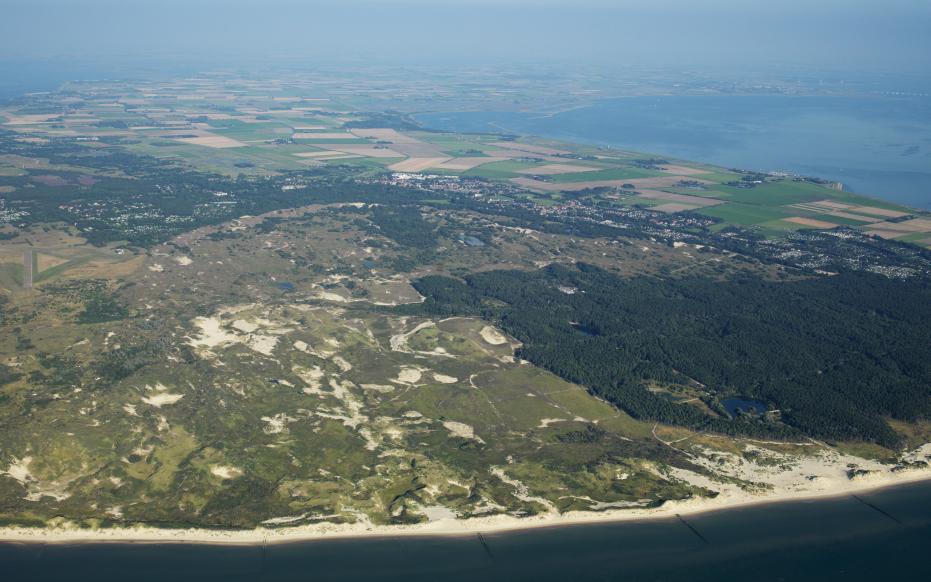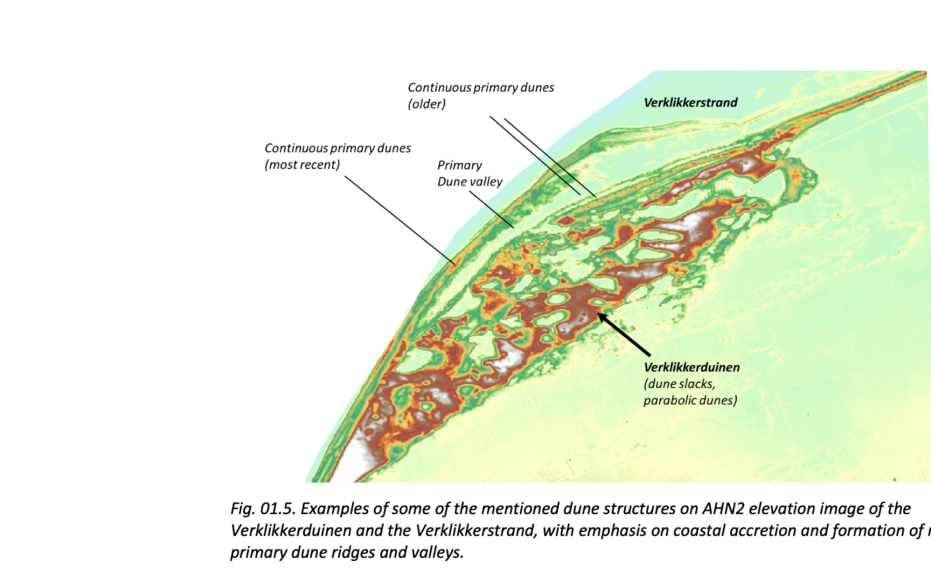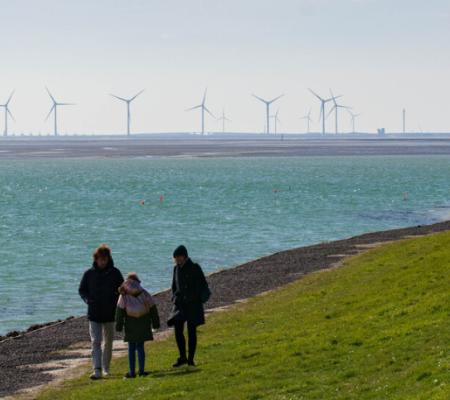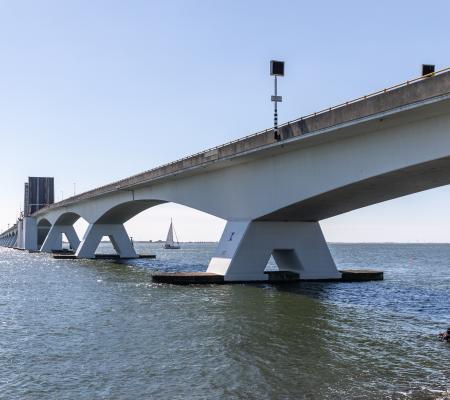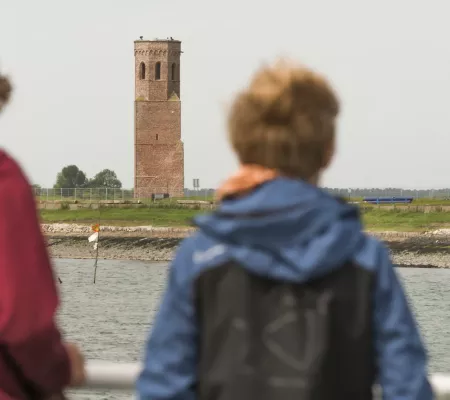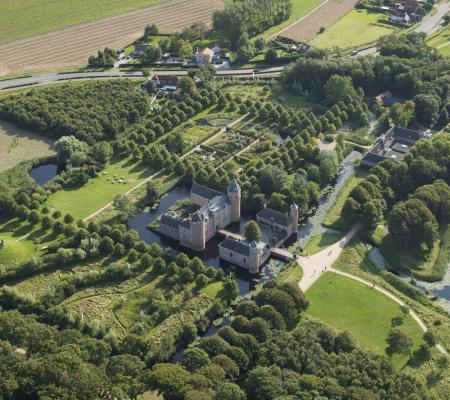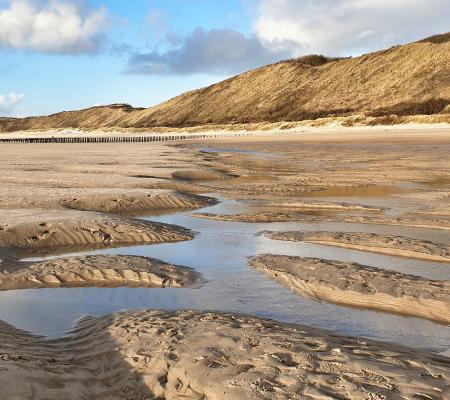Young dunes: first formation phase
The first phase of shifting took place between 900 and 1300 A.D. and was possibly caused in part by a decrease in vegetation due to cattle grazing and marram grass harvesting. cultivated Old Dunes on the western side of Schouwen became overgrown as a result from the 10th century onward. In the 12th century, dune activity accelerated and parabolic dunes formed, moving inland at a rate of up to 25 meters per year. This phase included the formation of the Sea Dunes. In the 13th century, the east and south sides of the dune area were again established by man with vegetation.
